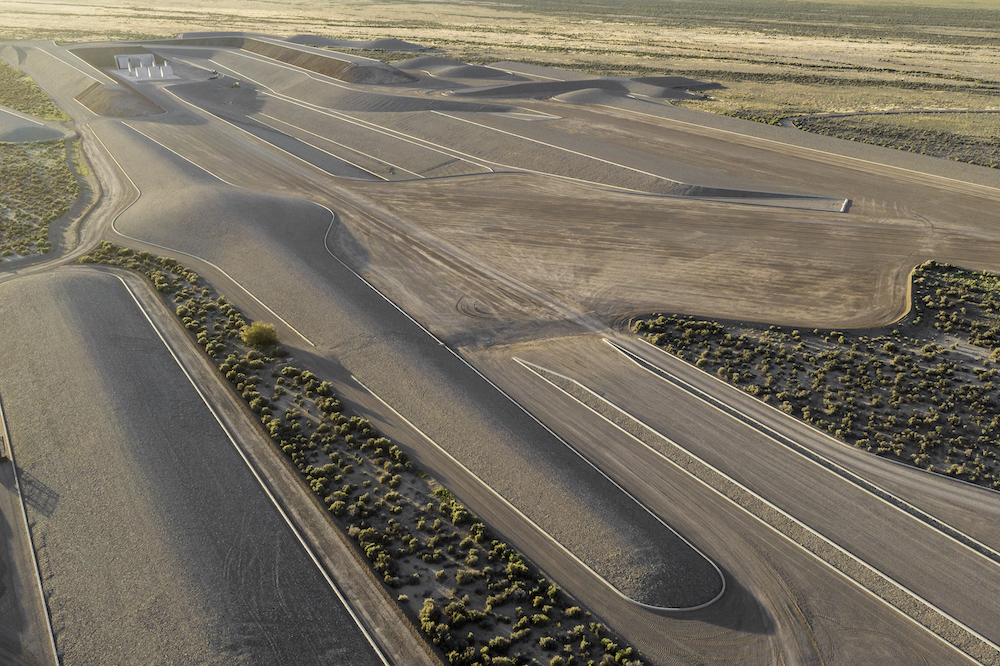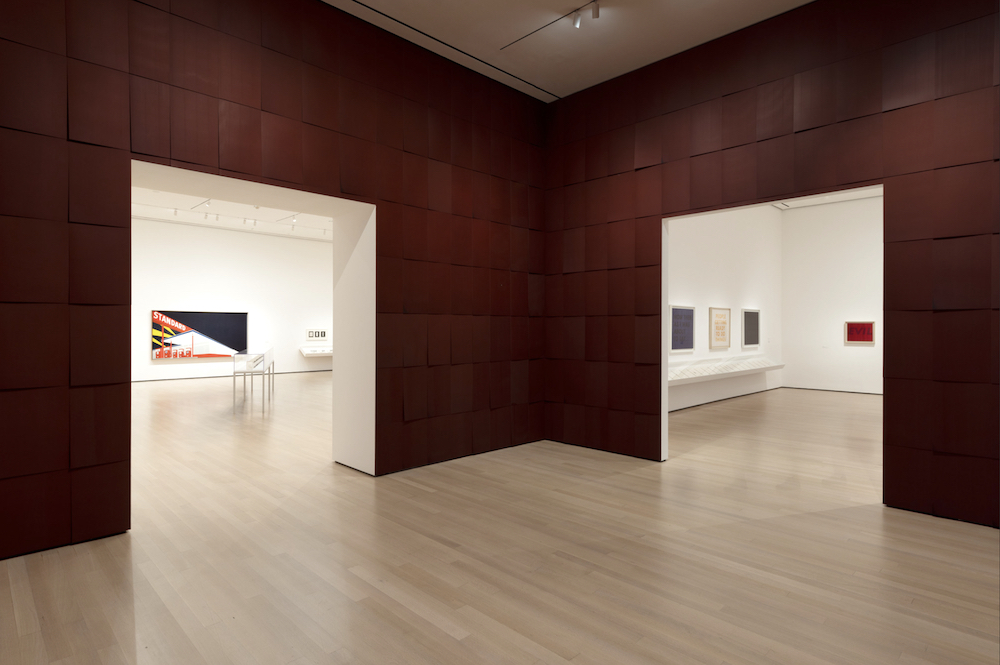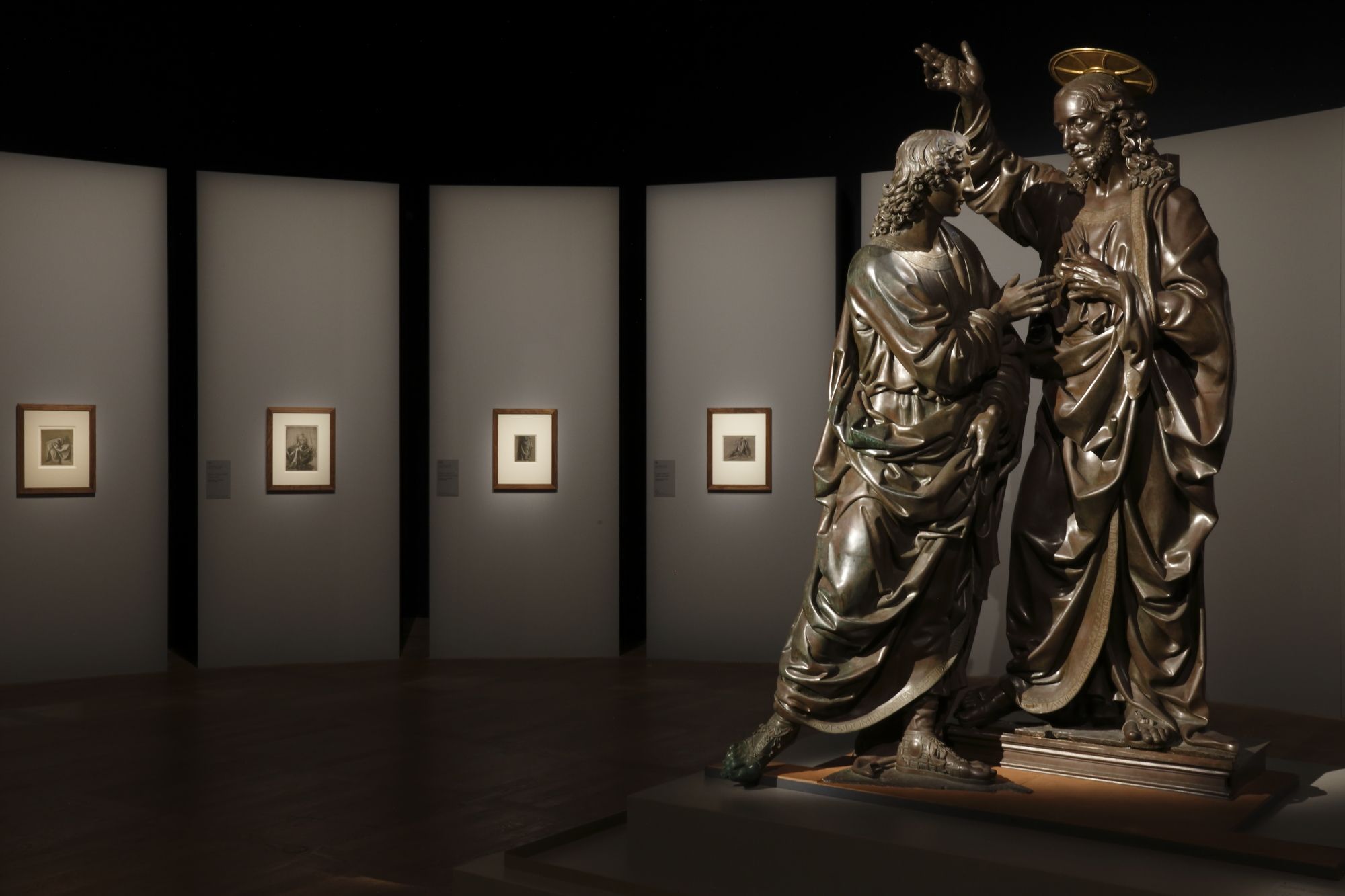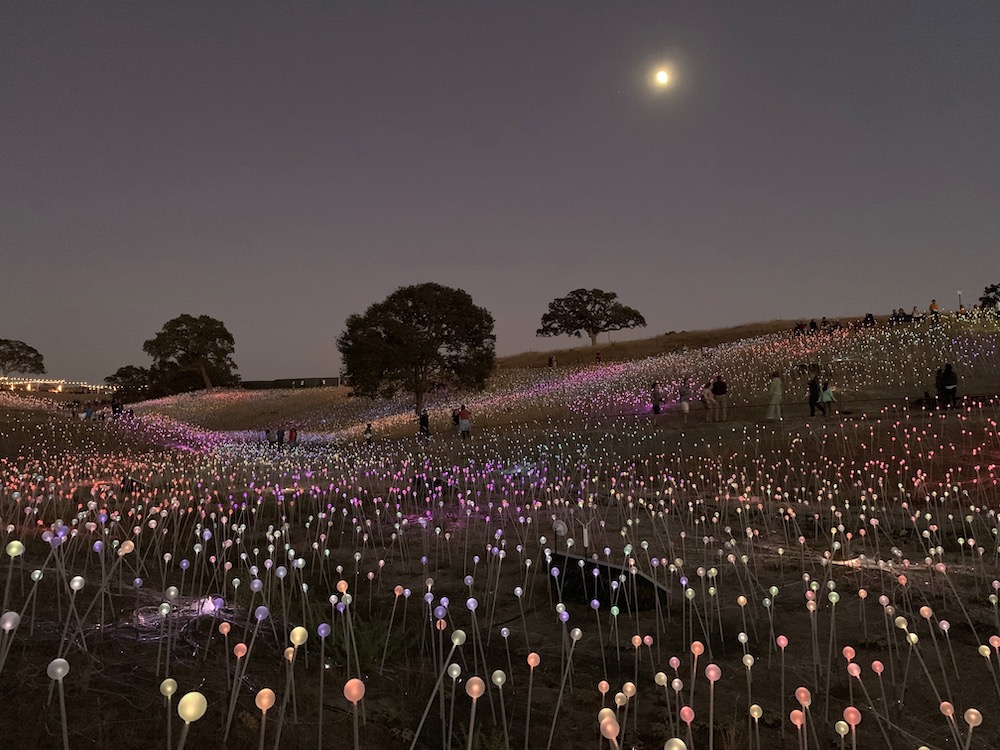
In a remote valley of central eastern Nevada, a complex of shaped landmasses and monolithic structures is thought to be the largest sculpture in the world. Composed of rocks, compacted dirt, and concrete, a mile and a half long and half a mile wide, Michael Heizer’s City is a vast work of Land Art.
Continue reading “City”







